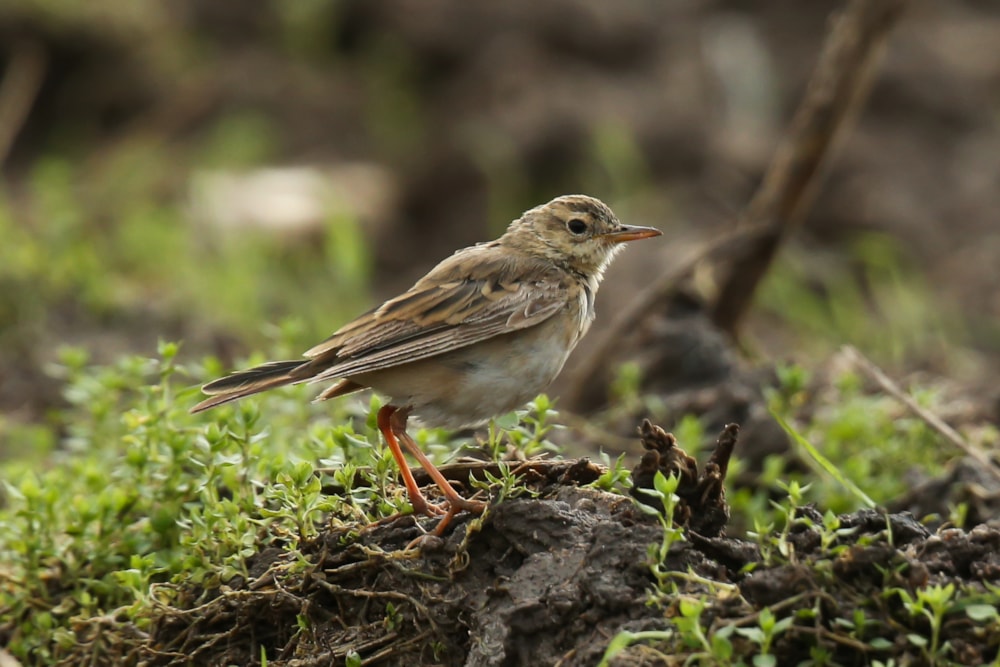Cornish Paddyfield Pipit placed in Category D
Paddyfield Pipit has been placed on Category D of the British list, the British Ornithologists' Union Records Committee (BOURC) has announced today [18 January 2022].
The record in question involved a bird at Sennen, Cornwall, from 23 October-14 November 2019. A statement on the BOURC website says: "This extraordinary and unexpected record resulted in a protracted and detailed examination by the Committee. The identification as Paddyfield Pipit was confirmed by a combination of detailed field notes, photographic images, analysis of vocalisations and DNA evidence: the record likely pertains to the nominate subspecies A r rufulus.

The Paddyfield Pipit at Sennen, Cornwall, in October-November 2019 was widely twitched, yet has failed to make the grade as being considered an unequivocally wild bird by the BOURC (Lee Gregory).
"However, the provenance of the individual was far less clear. Paddyfield Pipit is a largely non-migratory tropical Asian species with no Western Palearctic records, for which there are only records of short-distance vagrancy as far as the Arabian Peninsula. No other species with a similar distribution or life history has been observed as a vagrant to Britain. The species has also been documented in the wild bird trade, at least in South-East Asia.
"Human transport of a wild bird, including via aircraft, as has been documented in an increasing number of species, was also considered to be a possibility. Unusual feather damage was noted on the bird which might be suggestive of captive origin, but comparable wear has been documented in similar species of wild origin.
"Combined, these reservations resulted in the Committee placing the record and the species in Category D by a majority vote, which will allow the record to be reviewed in the future when more is known about the species' potential incidence as a vagrant to Europe. A paper describing in more detail the process taken by BOURC to come to this conclusion will be published in British Birds."
The other decision was to accept the 2001 Scilly North American Horned Lark as a national first. The bird, present from 2-31 October 2001 on St Agnes and Tresco pre-dates the previously accepted first record of the subspecies group, and is therefore becomes the first British record.
These decisions will be published as part of the BOURC's 54th report due to be published in IBIS in July 2022.

